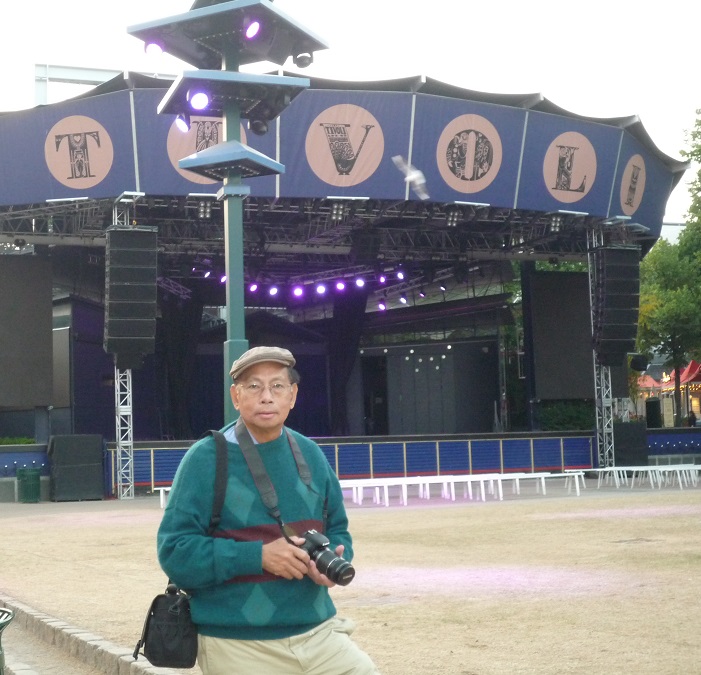Tidying up Boracay

KNOW YOUR RIGHTS: Are you paid for overtime hours?
When I arrived in the Philippines for work three years ago, one of the places that I wanted to visit again was Boracay. I remember family vacations here where we would eat fresh seafood by the silky white sand beaches and luminous waters.
Unfortunately, I was met with feedback on how I would be disappointed if I went back now. The most common negative feedback I heard was “madumi na diyan” or it’s dirtier there nowadays. Therefore, I decided to pass so that I could preserve the fond memories I had.
Additionally, within this time frame, there was a temporary closure of Boracay to rehabilitate the island through cleanups. Fortunately for me and others, there are other places throughout the Philippines with great beaches that could serve as an alternative.
On a recent weekend, I ended up going to Boracay on a random trip that involved me hopping on a van shuttle at 2 a.m. with 10 people whom I have never met. It was about 7 a.m. when I got to the Boracay beach and the initial experience did not fail me.
When I stepped on the sand, I immediately dropped my luggage in the sand and ran into the water. The sand was silky white, the water in multiple shades of blue was calm and clear. One good thing that was missing — trash. No stepping on empty chips bags, no plastic bags in the water, and no one drinking with plastic straws. How is this possible?
From my observations throughout the trip, I saw measures taken by tourists and locals to help keep trash from the ocean (this included plastics that can survive for over 450 years away). The local community set up trash bins that are labeled “recyclable” or “food waste.”
Furthermore, there are patrols on the beach to help monitor any drinks and food people bring to the beach. Alcohol and non-biodegradable food items are monitored throughout the day and evening. The tourists seemed to already know to bring reusable items heeding the regulations of the local government.
There have been a series of government actions aside from regular patrols on the beach for waste. No single use plastics on the beach, police handing out fines for littering, and no umbrellas or beach items containing plastics. According to CNN, tourism numbers are being strictly limited to 6,000 from 19,000 until later this year. This will help the goal of a full rehab of the island within two years. Tourism Secretary Berna Romulo Puyat told CNN she would like to see the island as “a model of sustainable tourism.”
Boracay is not completely trash-free.
Outside of the popular stations 1-3, I did see some trash lying around. Fortunately, there are ways we can resolve this as locals and tourists.
1. Plogging. Exercise on the beach and go on a “plogging” adventure. Bring a disposable bag to put trash and give yourself a goal of filling it up. Continue to jog until you do so.
2. Rule of 3: Something I picked up from the local indie film “Siargao.” While you’re touring the island by foot, pick up at least three pieces of trash and properly dispose.
What can we get out of this in Boracay?
1. Paddle board and see nothing but clear water, white sand, some corals, and some fish when you look down.
2. Take Instagram-worthy pictures of the beautiful beach area without trash photobombing the pics.
3. Walk out in the ocean to catch the sunrise and sunset without going through trash along the journey.
4. Feel good about dining in places that promote eco- friendly options (must try a chorizo burger, hummus in Kasbah, and a mango dessert from HaloMango).
5. Jump off cliffs without worrying you will jump on a broken beer bottle.
Let’s continue to keep Boracay beautiful!
© The FilAm 2019













